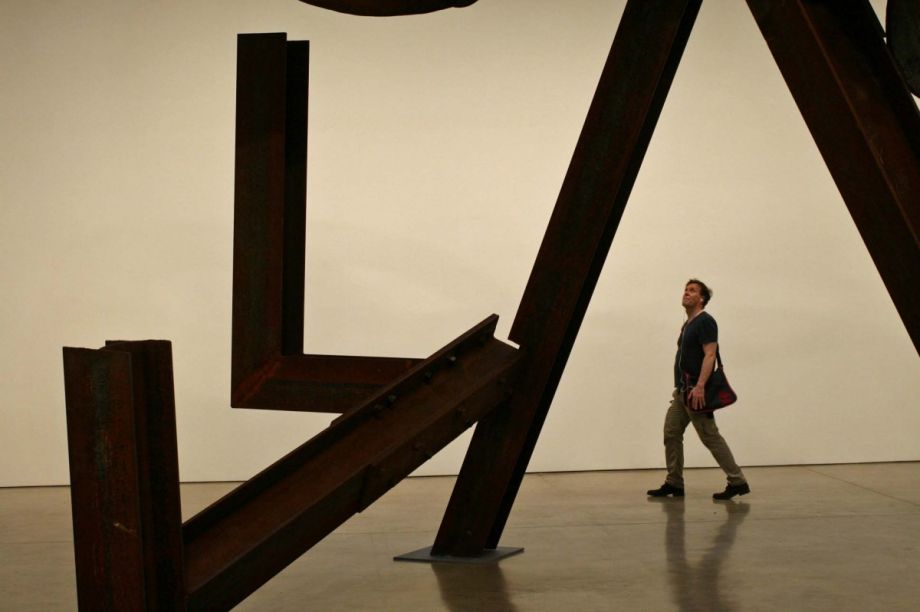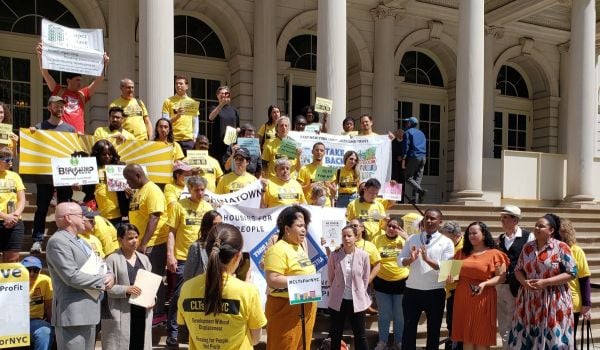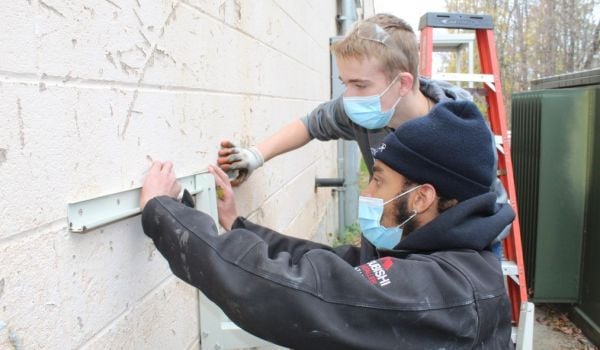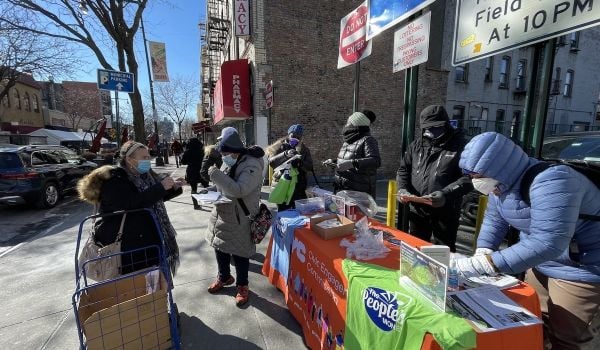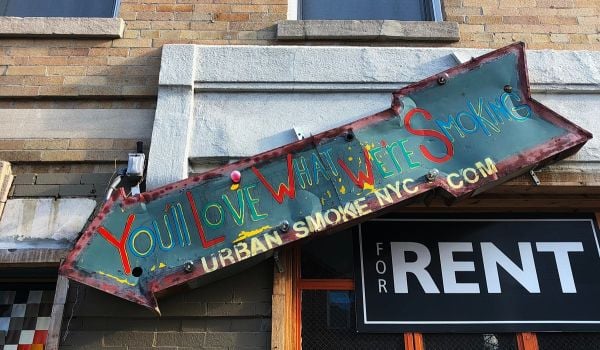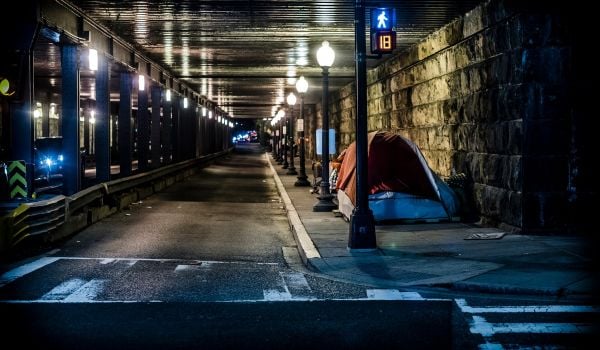An art history expert in New York City has turned walking tours of Chelsea art galleries into multimedia experiences. David Behringer, the man behind The Two Percent, is using radio technology in a new way to do it, and the approach has the potential to make intimidating spaces such as galleries — and the neighborhoods where they are — a bit more accessible.
When I was an intern for the mayor of Ithaca, New York, in the late ‘90s, I worked on getting some sort of open studios program for the city. I failed. Since then, though, open studios days and gallery nights have become an urban staple — from Chicago and Minneapolis to Boise and Sacramento.
As a veteran of many of Philadelphia’s First Fridays, I can tell you that these things can be a lot of fun, but shallow. You see a lot of stuff, but what does it do for you? Art is hard. What’s someone to do if they’d like to see a little less and come away with a little more?
There are a few options if you want to go deeper at a gallery. You could ask the staff, of course, but who has the nerve for that when you know you can’t afford to buy anything? Another route, guided tours, can overwhelm spaces and make it hard for other visitors to check work out in the natural flow. They also force participants in the tour to be constantly, actively listening to their guide, often straining to hear over noise.
I participated in Behringer’s first publicly available tour using the GroupTour System, the radio devices he uses, from Antenna International. Our tour had eight people in it, though Behringer told me his ideal size is six. We met up near the High Line and made our way through five different Chelsea galleries.
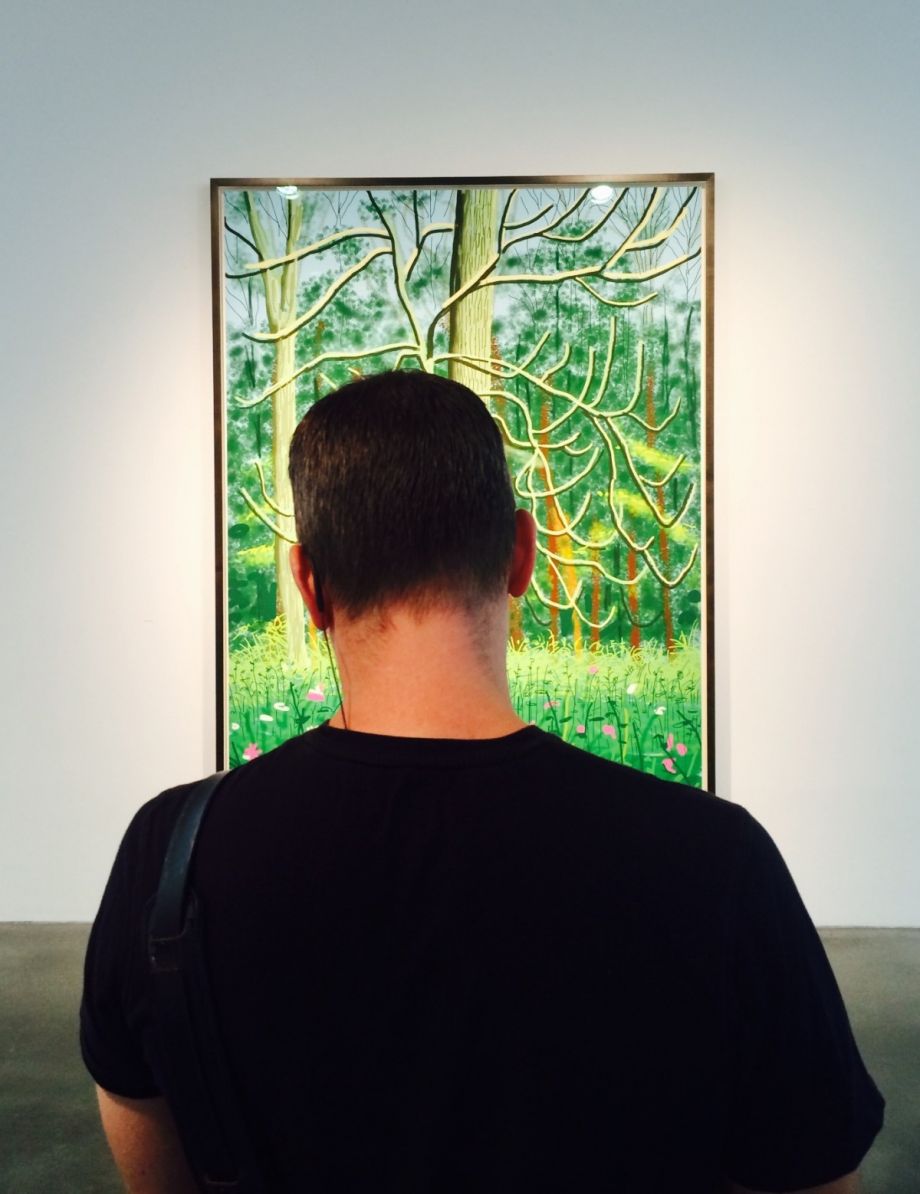
(Photo by Clayton Nottleman)
Inside each gallery, Behringer basically lets his clients roam, speaking softly into his mic while everyone listens over their radios through earbuds; he can share recordings from his iPad that way too.
Behringer also likes to provide his clients with neighborhood context. At the beginning of my tour, he showed us an old photo he found at a corner near where our walk began. He showed it on his iPad, and had us hold it up roughly where the photographer must have been when he took it. (Elements of the photo were still the same, so you could match them up.) He also explained interesting architectural elements of buildings in progress that we passed.
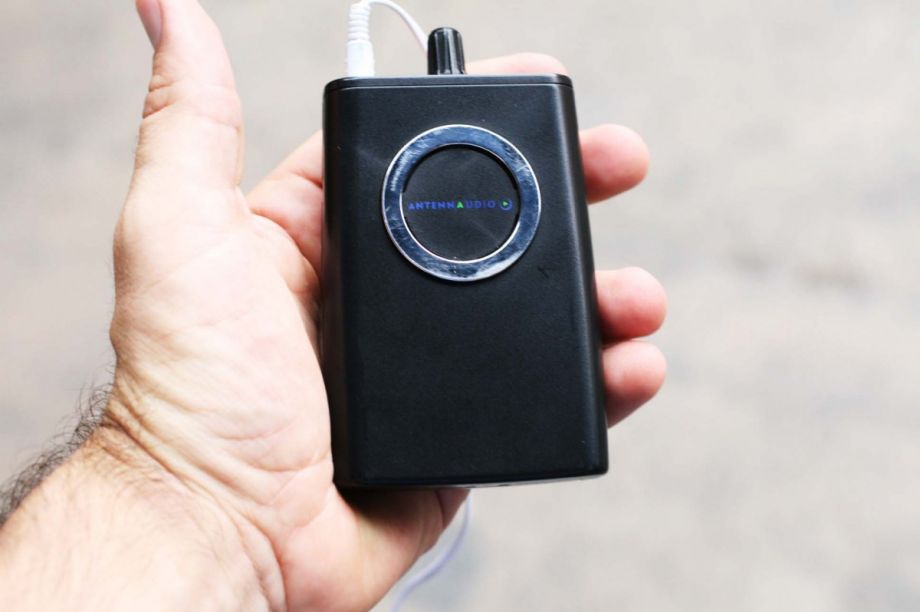
(Photo by Brady Dale)
He also, incidentally, uses the same trick to play recordings by artists talking about their work, the specific work on view or their practice.
The tour I went on had mostly locals and people connected to the art business. Behringer did a number of beta tours and found that people change how they approach the tours as they do more of them. As they become accustomed to the technology, they don’t stay as near to him. They begin to spread out and follow their own path through the galleries.
The tours have potential to change the way people behave in certain neighborhoods. While there aren’t suburban-style gated communities in cities, there are ways in which certain neighborhoods are intimidating — even to locals. Sure, we’ll walk through, but would we go inside?
Behringer’s technology takes you to these hallowed, intimidating spaces, equips you with some context for the work you’ll see and, gradually, if you do it a few times, you start to feel more comfortable wandering through, guided by your own muse, connecting to an aspect of the city you hadn’t understood before.
Brady Dale is a writer and comedian based in Brooklyn. His reporting on technology appears regularly on Fortune and Technical.ly Brooklyn.

